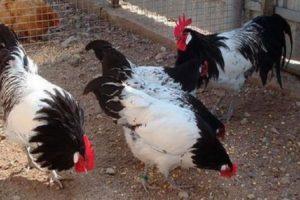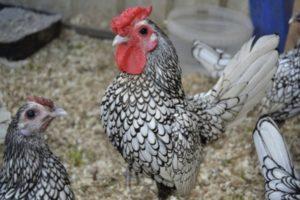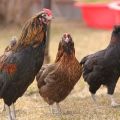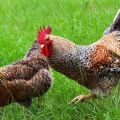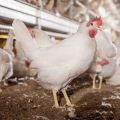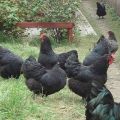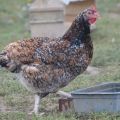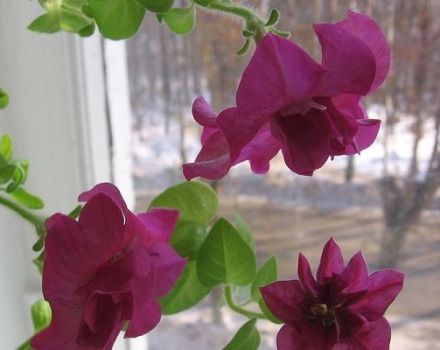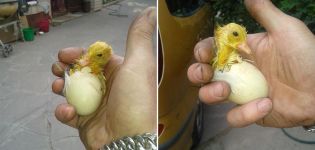Characteristics and description of Golosheyki chickens, keeping and breeding
The bare-necked breed of chickens differs in appearance from most of the usual varieties. The specific type of chickens Goloshek is one of the reasons for its prevalence on farms, along with ease of maintenance and unpretentiousness in the diet.
A bit of history
There are several versions of the origin of the Goloshek chicken breed. The most common opinion is that the birds were bred in Romania and were previously named Transylvanian. There is also a version that the breed originally appeared in the Spanish province of Andalusia. For the first time, Holoshee chickens were seen in 1875 and only a few decades later began to spread in Europe and the USSR.
Description and characteristics
When breeding chickens, you should first familiarize yourself with the detailed characteristics of the breed. Knowing the description of the birds, it will be possible to track the development and notice deviations by visual signs.
Appearance of chickens Golosheinaya
The main distinguishing feature of this breed is the absence of feathers on the neck, crop, inner side of the legs and under the wings. Such fates in chickens and roosters are called apterias and are found in each individual, since they are born with insufficiently developed follicles on certain parts.
A pronounced feather bow appears on the back of the head of broilers, and on the front of the head, feathers form a kind of collar. Chicks are born immediately with a bare neck, as this is a genetic trait and a dominant trait.
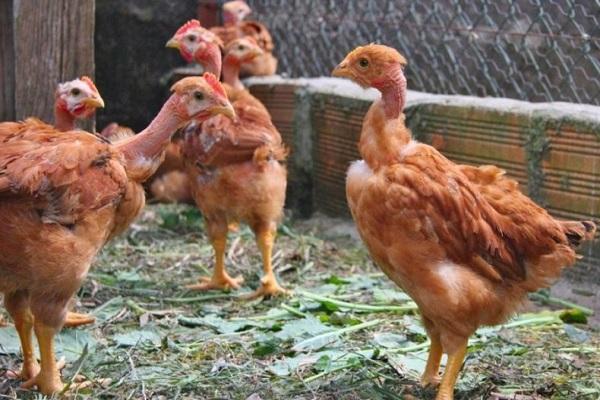
Productivity and character
By the type of productivity, Golosheyki chickens are classified as meat and egg. The meat is juicy and tastes similar to turkey. The egg production process begins from the fifth month of development. Females rush every 2-3 days. During the first year, it is possible to collect 180 eggs from each individual, and later - 150 eggs. The mass of one egg reaches 60 g.
The nature of the birds is calm. Regardless of age, chickens do not show aggression towards other living creatures. Compliance simplifies bird care.
Breed advantages and disadvantages
When planning the breeding of Goloshek chickens, it is worth studying the positive and negative characteristics of the breed. The main advantages are:
- easy plucking due to the lack of feathering in some areas;
- picky about conditions of detention and diet;
- productive and early egg production;
- soft nature.
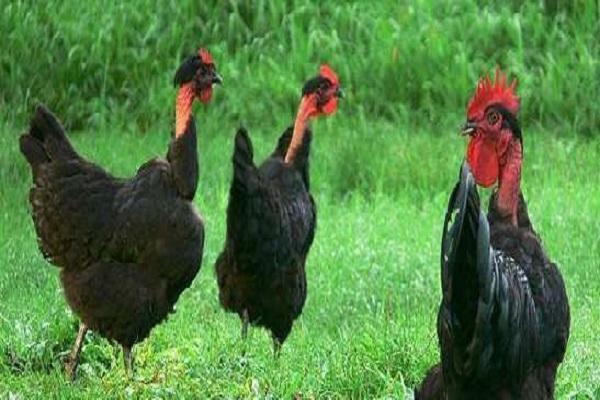
The disadvantage of the breed is the underdeveloped maternal instinct. The female can arrange the nest and lay eggs, after which she forgets about them. For this reason, it is recommended to hatch the chicks using an incubator or lay the laid eggs on other hens.
Specificity of Goloshek content
Despite the exotic nature of the breed, the maintenance and breeding of Goloshek does not require specific knowledge and large expenses. To raise productive chickens and get tasty meat from them, it is enough to adhere to standard bird care rules.
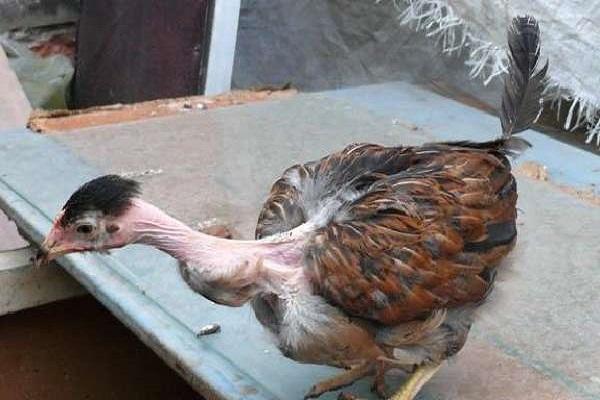
Poultry house, feeders and drinkers
To keep birds in Russia, it is required to build an insulated indoor chicken coop. A list of basic house building tips includes:
- A suitable indoor temperature should vary between 10-15 degrees Celsius.
- The feeding of birds must be monitored, since individuals lay eggs and grow only with constant feed. Drinkers and feeders should be placed inside the house.
- When choosing bedding, you should give preference to peat material, since peat reduces the moisture index, which prevents the development of dangerous bacteria.
Walking
Even with a calm nature, Holosheyki are not considered a passive breed. In order for chickens to develop constantly, they need to be regularly released into the open air, even in winter, if the temperature does not drop below -15 degrees.

Birds need sunlight from the early stages of development, so it is not recommended to have a yard for walking in a shady area. The presence of herbaceous plants in the pen will be beneficial, since greens can partially replace conventional food and it will be possible to reduce the cost of feeding the birds.
How to heat a chicken coop in winter?
The most affordable is a natural way to heat the house in winter. The essence of this method is to maintain the optimum temperature without using heating equipment. To do this, you need to exclude the presence of gaps in the chicken coop and leave only the hole for the exhaust ventilation.
The walls of the poultry house are made two-layer, with insulation material between them. Glass wool or polystyrene is suitable as insulation. A peat bed 10-15 cm thick is built on the floor.
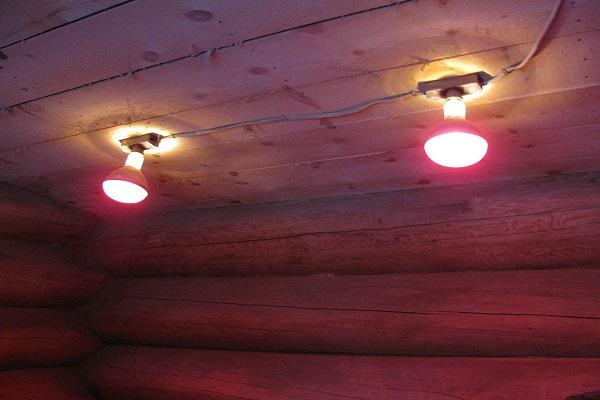
The natural heating method is relevant only for regions with a prevailing temperate climate. In places with extremely cold winters, electric heaters cannot be dispensed with.
Power features
A properly selected diet has a beneficial effect on the development of birds. The nuances of feeding depend on the age of the chickens.
Chicks
Chickens begin to grow using standard compound feed. It is also allowed to prepare the feed yourself, including animal proteins and fish oil, which is needed to prevent rickets, in its composition. The diet may contain grated vegetables, finely chopped tops or grass.

Adult birds
Adults Golosheyki are unpretentious in nutrition, and their diet includes a basic set of components: greens, roots, grain, feed chalk and proteins. In the cold season, birds additionally need energy feed, so in winter they increase the proportion of grain and animal feed in the diet. The best option is a balanced compound feed containing all the necessary substances.
Breeding chickens
The easiest way to breed birds is to use an incubator. Hatching chicks should be placed in a dry room with good ventilation, no drafts, at temperatures between 26-30 degrees. As the chicks grow, the temperature is lowered and after the first month it should be at the level of 18-29 degrees.
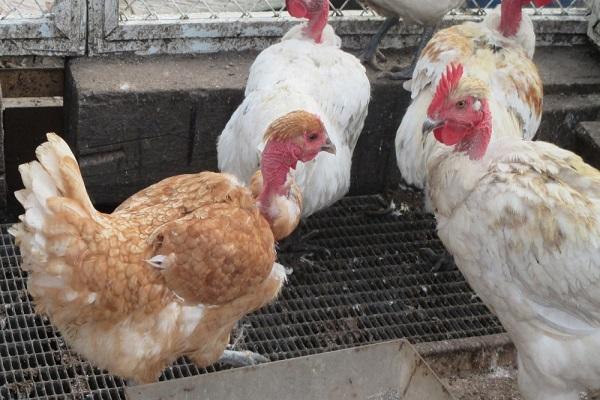
Possible problems and illnesses
Diseases of birds lead to a decrease in productivity, slower growth, and a deterioration in the taste characteristics of the resulting meat. The most common infectious diseases are mycoplasmosis, salmonellosis, pullorosis, and avian flu.
For the prevention of diseases, it is necessary to constantly monitor the condition of the birds and discard infected individuals in time.
Inside the chicken coop, on the walking yard and the surrounding area, sanitation rules must be observed and disinfection carried out. As treatment measures, the use of sulfa drugs or antibiotics is required.
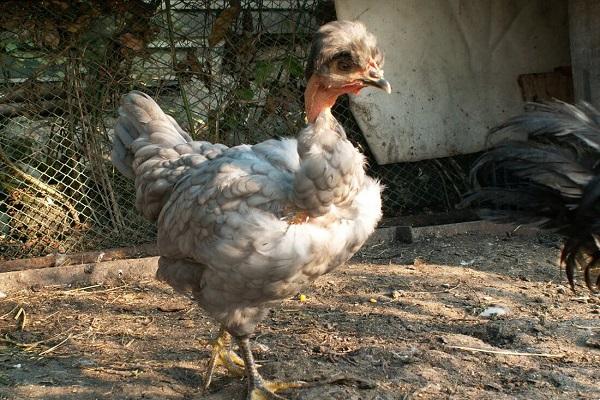
Where to buy and how much are
It is recommended to purchase chickens for further breeding on proven farms from professional breeders. When buying, it is important to pay attention to the conditions of detention, since the health of the individuals will depend on them. The cost of the birds is determined by each breeder individually. On average, the price for one individual is several hundred rubles.
